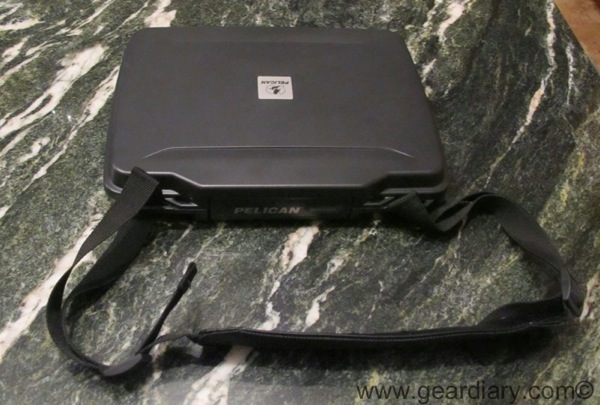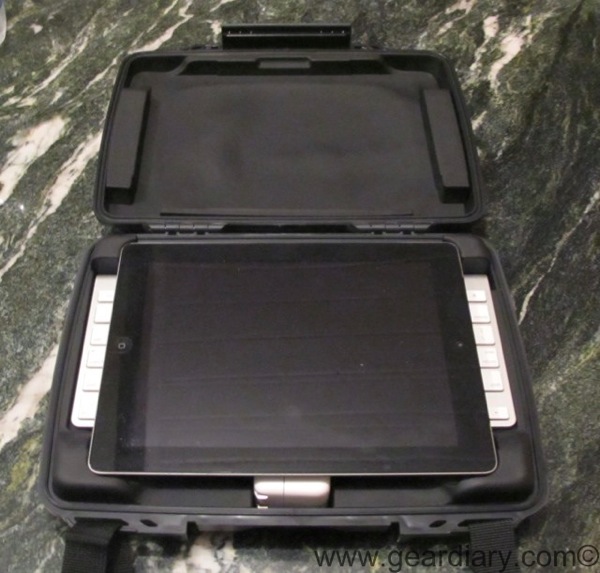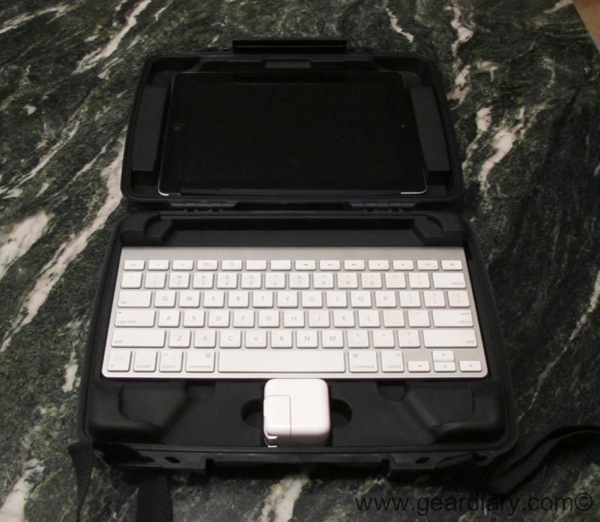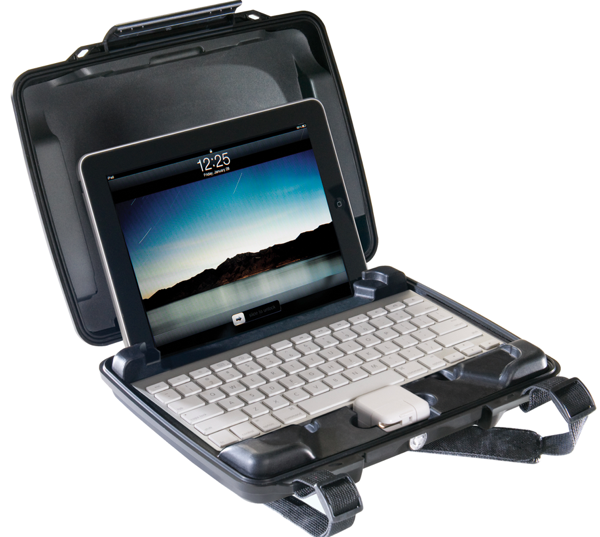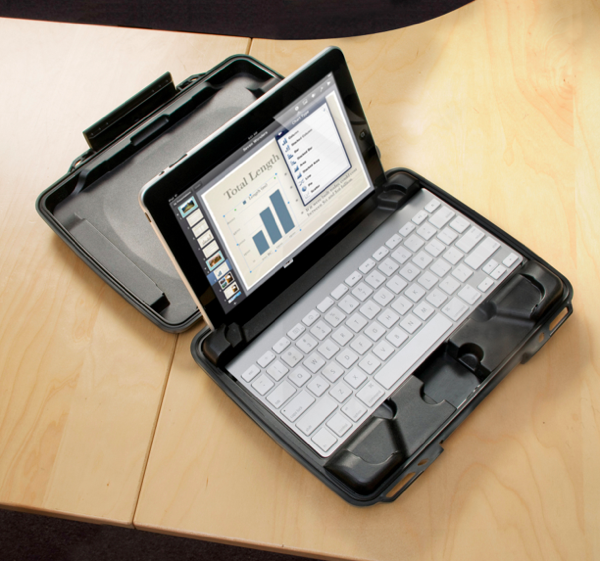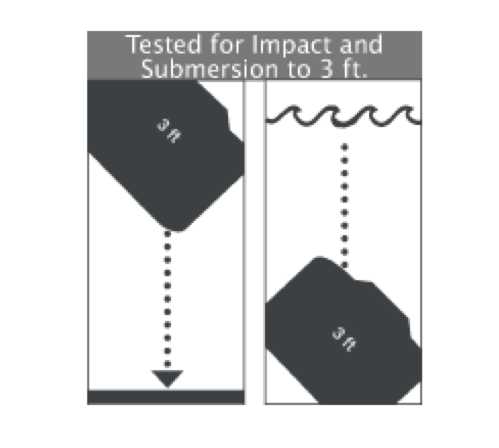In this Thursday, Nov. 24, 2011 photo, Zara, an Afghan woman, in blue burqa, sits close to her received sack containing humanitarian aid donated by International Organization for Migration (IOM) for drought-hit families in Mazar-e-Sharif, Balkh province, north of Kabul, Afghanistan. The United Nations appealed for $142 million on Oct. 1 to help those hit by the drought in 14 northern provinces where up to 80 percent of non-irrigated fields yielded little to no crops. So far, about $49 million has been pledged by aid groups, the U.S. and European nations. (AP Photo/Mustafa Najafizada)
In this Thursday, Nov. 24, 2011 photo, Zara, an Afghan woman, in blue burqa, sits close to her received sack containing humanitarian aid donated by International Organization for Migration (IOM) for drought-hit families in Mazar-e-Sharif, Balkh province, north of Kabul, Afghanistan. The United Nations appealed for $142 million on Oct. 1 to help those hit by the drought in 14 northern provinces where up to 80 percent of non-irrigated fields yielded little to no crops. So far, about $49 million has been pledged by aid groups, the U.S. and European nations. (AP Photo/Mustafa Najafizada)
In this Thursday, Nov. 24, 2011 photo, an Afghan wheat farmer Mir Ahmad, a 58-year-old receives a sack containing humanitarian aid donated by International Organization for Migration (IOM) for drought-hit families in Mazar-e-Sharif, Balkh province, north of Kabul, Afghanistan. "There was no rain so everything was burned up,'' said Mir Ahmad, a 58-year-old wheat farmer who also moved to Mazar-e-Sharif from the mountains. The United Nations appealed for $142 million on Oct. 1 to help those hit by the drought in 14 northern provinces where up to 80 percent of non-irrigated fields yielded little to no crops. So far, about $49 million has been pledged by aid groups, the U.S. and European nations. (AP Photo/Mustafa Najafizada)
In this Nov. 24, 2011 photo, an Afghan woman clad in a burqa stands near packed bags of humanitarian aid donated by International Organization for Migration (IOM) for drought-hit families in Mazar-e-Sharif, Balkh province, north of Kabul, Afghanistan. The United Nations appealed for $142 million on Oct. 1 to help those hit by the drought in 14 northern provinces where up to 80 percent of non-irrigated fields yielded little to no crops. So far, about $49 million has been pledged by aid groups, the U.S. and European nations. (AP Photo/Mustafa Najafizada)
MAZAR-E-SHARIF, Afghanistan (AP) ? Zara, an Afghan mother of seven, doesn't know what to tell her children when they ask about dinner.
"I simply tell them that we must wait until their father gets home to see if he's going to bring anything," she said, speaking from under a dusty blue burqa covering her from head to toe.
Zara, who uses just one name, is one of an estimated 2.6 million Afghans facing food shortages after one of the worst droughts to strike northern Afghanistan in a decade, according to Afghan officials and aid agencies. Already living in poverty in a country at war, many have been left destitute by the drought, which has affected 14 of Afghanistan's 34 provinces ? all in the north.
Wells have dried up. Hundreds of children have been treated for malnutrition. Families are selling their animals at below-market prices. People are moving to cities to try to find food, water, work and, in some cases, a refuge from the fighting.
The Afghan government and aid agencies are racing to help them before snow blocks access to remote areas.
Rahmatullah Zahid, disaster coordinator in Balkh province, which has been hard-hit by the drought, said he is not worried yet about people starving to death, but he wonders how people will survive the winter, especially in remote areas.
"If the weather gets very, very cold in the remote areas and if the aid doesn't come, those families will be in danger of starvation," he said.
Beyond the relief effort, aid officials are trying to figure out how to end a vicious cycle of drought, drought relief and drought again in an area of the country that has suffered water and food shortages in eight of the past 11 years. Instead of trying to cultivate chronically dry land, perhaps farmers could grow almonds or grapes, which require less water than wheat, or industry could be lured to the area to extract its prevalent gas and oil.
Zara and her family moved to Mazar-e-Sharif, the capital of Balkh province, so her husband, whose crops dried up, might find work as a day laborer.
She and hundreds of others who fled the rugged Alburz Mountains in the province gathered last week in a dirt lot in Mazar-e-Sharif to receive large canvas bags of kitchen supplies, blankets, lamps and other items, including a phone card. The aid was distributed by the Norwegian Refugee Council.
"We have very little food," Zara said, squatting next to her aid bag. "If my husband finds work, he can buy some breads and vegetables on his way home, but otherwise there is nothing."
As she spoke, a light mist began to fall. The rain came too late. The crops were ruined months ago.
"There was no rain so everything was burned up," said Mir Ahmad, a 58-year-old wheat farmer who also moved to Mazar-e-Sharif from the mountains.
"There is not much work here in the city right now," he said, fingering a strand of yellow prayer beads as the large blue bags were unloaded from a truck. "Some days there is nothing and I have to borrow food or money to feed my family."
The U.N. issued an appeal for $142 million on Oct. 1 to help those hit by the drought in 14 northern provinces, where up to 80 percent of non-irrigated fields yielded little to no crops. So far, about $49 million has been pledged by aid groups, the U.S. and European nations.
The Afghan government also is distributing about 40,000 tons of wheat, 5,000 tons of rice, 10,000 tons of wheat seed and 20,000 tons of animal feed.
Sayed Anwar Rahmati, the governor of neighboring Sar-e-Pul province, said more aid is needed.
"Every day people are coming and complaining," he said. "The crops were lost and the cattle were seriously affected."
Zainab Noori, a member of the local council in nearby Bamiyan province, said people in six districts were waiting for aid.
"If the aid is not delivered in the next month, the road will be blocked by snow," she said. "At least 50 families have left already to go to Kabul and Iran to find work."
Aidan O'Leary, head of the U.N. office for the Coordination of Humanitarian Affairs, said repeated droughts in northern Afghanistan suggest that economic development is needed in addition to drought relief.
"What you're dealing with here is basically trying to maintain a rural, agrarian lifestyle in a climate that might not be conducive," O'Leary said. "What's the solution? Are you looking at better seeds? ... Are you looking at alternative crops? Are you looking at alternative livelihoods?"
With the international focus on pulling troops from Afghanistan, it's difficult to get nations sending development aid to discuss long-term solutions that would end the need for drought relief in the north every couple of years, he said. Compounding the problem is that while international aid has been flowing into Afghanistan for years, only a fraction has been targeted to reducing poverty, he said.
O'Leary noted a World Bank report this month that said the expected decline in international aid will have only a modest impact on the poor. The report said the majority of aid was spent to improve security and governance mostly in more urban areas where there is less poverty.
Ironically, it rained both days last week that O'Leary traveled to the north to check on drought aid with Michael Keating, deputy special representative of the U.N. secretary-general for Afghanistan with responsibility for relief, recovery and reconstruction. The first day it sprinkled. The second day it poured. Muddy water filled deep ruts in unpaved roads in Dawlat Abad district.
Keating and O'Leary tried to visit a nearby village, but one of the heavily armored U.N. vehicles in their convoy got stuck. They left the vehicle, turned around and drove on better roads to their next stop: a medical center where children are being treated for acute malnutrition.
The number of cases of malnutrition treated at the clinic increased threefold after the drought, said Dr. Said Mahmood Shah, nutrition coordinator for Save the Children. In the summer months, up to 90 malnourished children showed up at the center where a tiny office was crowded with cardboard boxes of eeZee Paste Nut, a peanut butter-like food with high energy, proteins and nutrients.
Now, rain, snow and poor roads have prevented some children from getting help, Shah said. "There are lots of cases, but they can't get here," he said.
The last stop was a meeting with villagers, including women who had received seeds and tools as part of a backyard garden project run by ActionAid, a British aid group.
One of the women, Jan Bibi, said that because of the drought, she and 10 other members of her family eat only once a day. Bibi, who is in her 70s with no land or home of her own, said she had not eaten meat for six to eight weeks.
"We are sticking to one meal a day," Bibi said, holding up a forefinger. "This year, it's really, really bad."
Associated PressSource: http://hosted2.ap.org/APDEFAULT/3d281c11a96b4ad082fe88aa0db04305/Article_2011-12-03-AS-Afghan-Empty-Plates/id-08808a90fc974989a505312ad685c835
battlefield 3 review battlefield 3 review real housewives of new jersey coraline coraline

